With more than 4,600 stores across the country, Walmart is unquestionably one of the biggest companies in the country. How it chooses to run those thousands of stores affects millions of Americans every day.
And Walmart has recently decided to make quite a big change: They are removing the self-checkout registers from several (and maybe eventually, all) of its stores.
The On-Going Debate Regarding Self-Checkout Registers
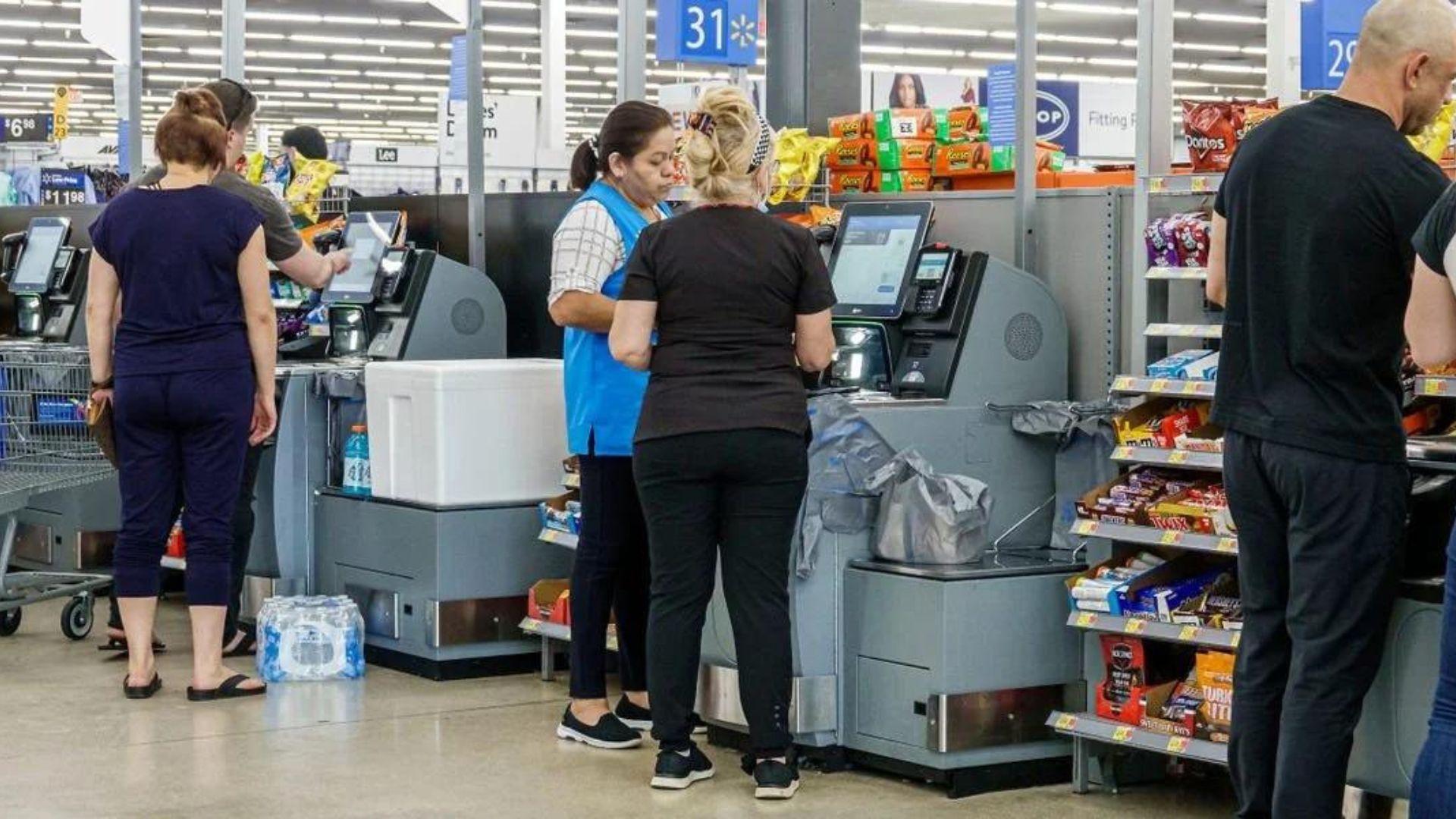
For several years, customers and corporations alike have debated the pros and cons of self-checkout counters. Shoppers often enjoy that there are fewer lines at self-checkout and that they can handle their transaction without having to conversate with an employee. However, the machines can be fickle and many customers get frustrated when they need to wait for assistance if there’s an issue.
Companies like that self-checkout registers don’t need as many members of staff as standard counters, saving them money on labor costs. But they don’t love that customers have more opportunity to steal or at least minimize their purchases, since no one is watching.
Walmart Has Seen a Substantial Increase in Theft in Recent Years

Theft has always been a concern for large stores like Walmart; many consumers feel less guilty stealing from a big-box chain than they do an independent business.
However, in recent years, Walmart has seen more theft, or as they call it, shrinkage, than ever before. In 2023, Walmart reported about $3 billion in lost profits from shrinkage, and some reports claim that the use of self-checkout counters significantly contributed to this incredible sum.
Human Intervention Could Reduce Theft
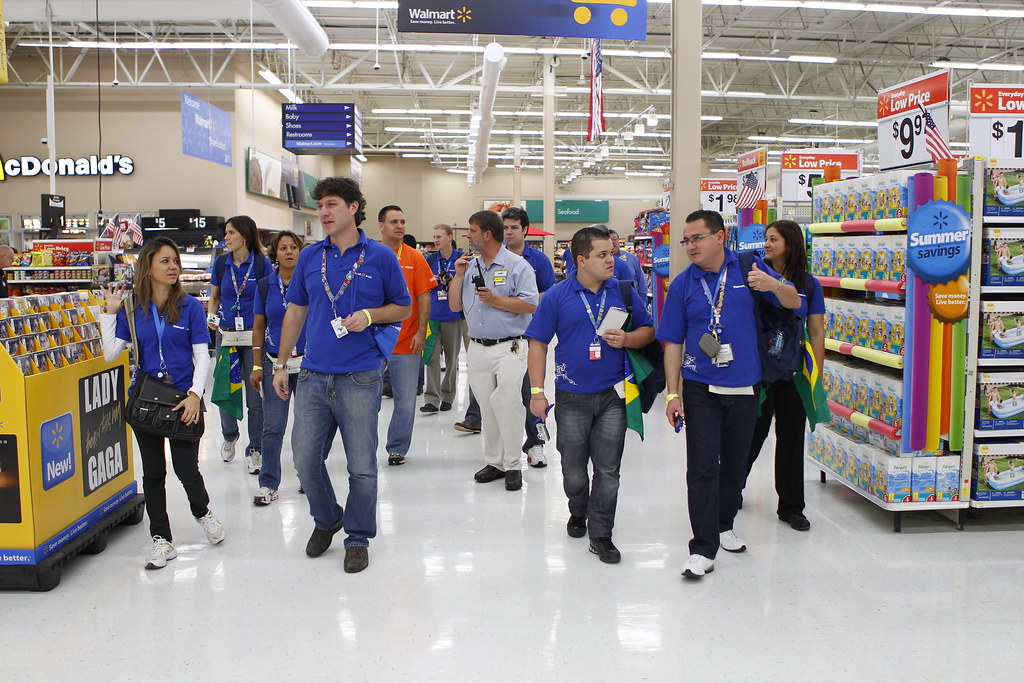
One study has found that companies with self-checkout lanes and apps have a loss rate of about 4 percent. That is more than double the industry average across the world. The scanning technology, which became popular around 10 years ago, largely relies on the honor system.
The absence of human intervention reduces the perception of risk and allows for shoplifting to be more commonplace.
Theft Is a Response to Rising Grocery Prices
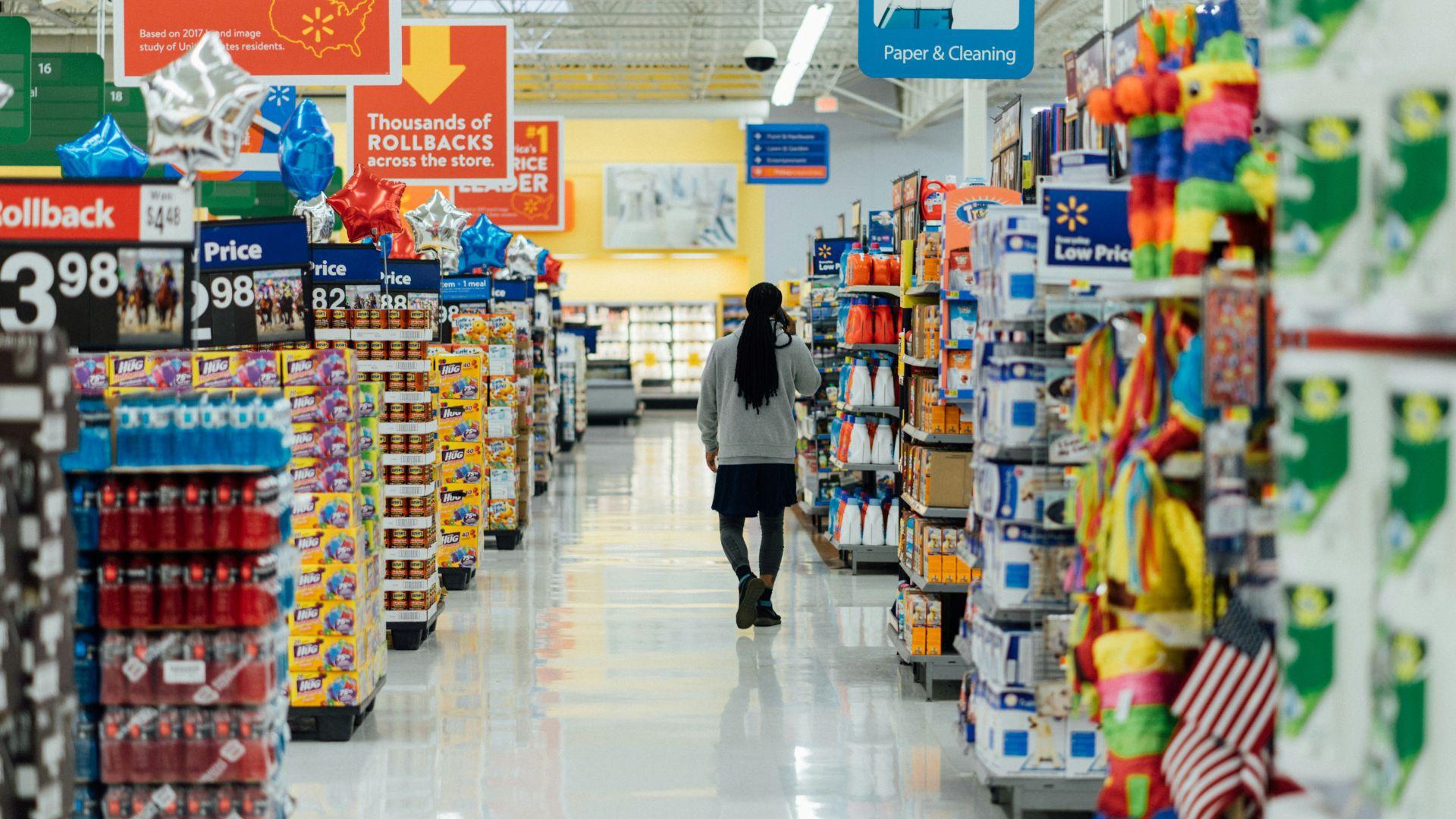
“Retailers could find themselves accused of making theft so easy that some customers who would normally—and happily—pay are tempted to commit crime, especially when they feel ‘justified’ in doing it,” the researchers said in a statement.
In the last year, grocery prices have gone up by 5 percent. This is the biggest and fastest increase in food prices.
Other Pain Points At Self-Checkout
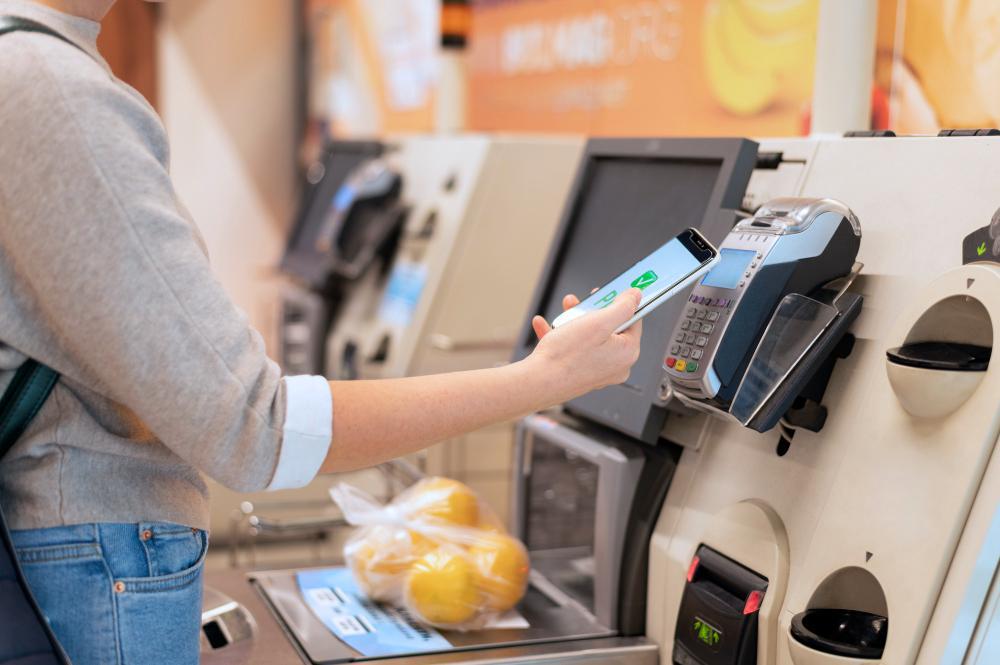
Alcohol purchases are also a pain point for many customers because it necessitates an employee to verify customers’ ages. Some retailers have prohibited customers from buying alcohol at self-checkouts, which has created issues between companies and customers.
“There’s all sorts of fussing about with that and then the minute you put any alcohol in your basket somebody’s got to come and check that you’re of the right age,” Murray said.
How Do People Steal From Self-Checkout?
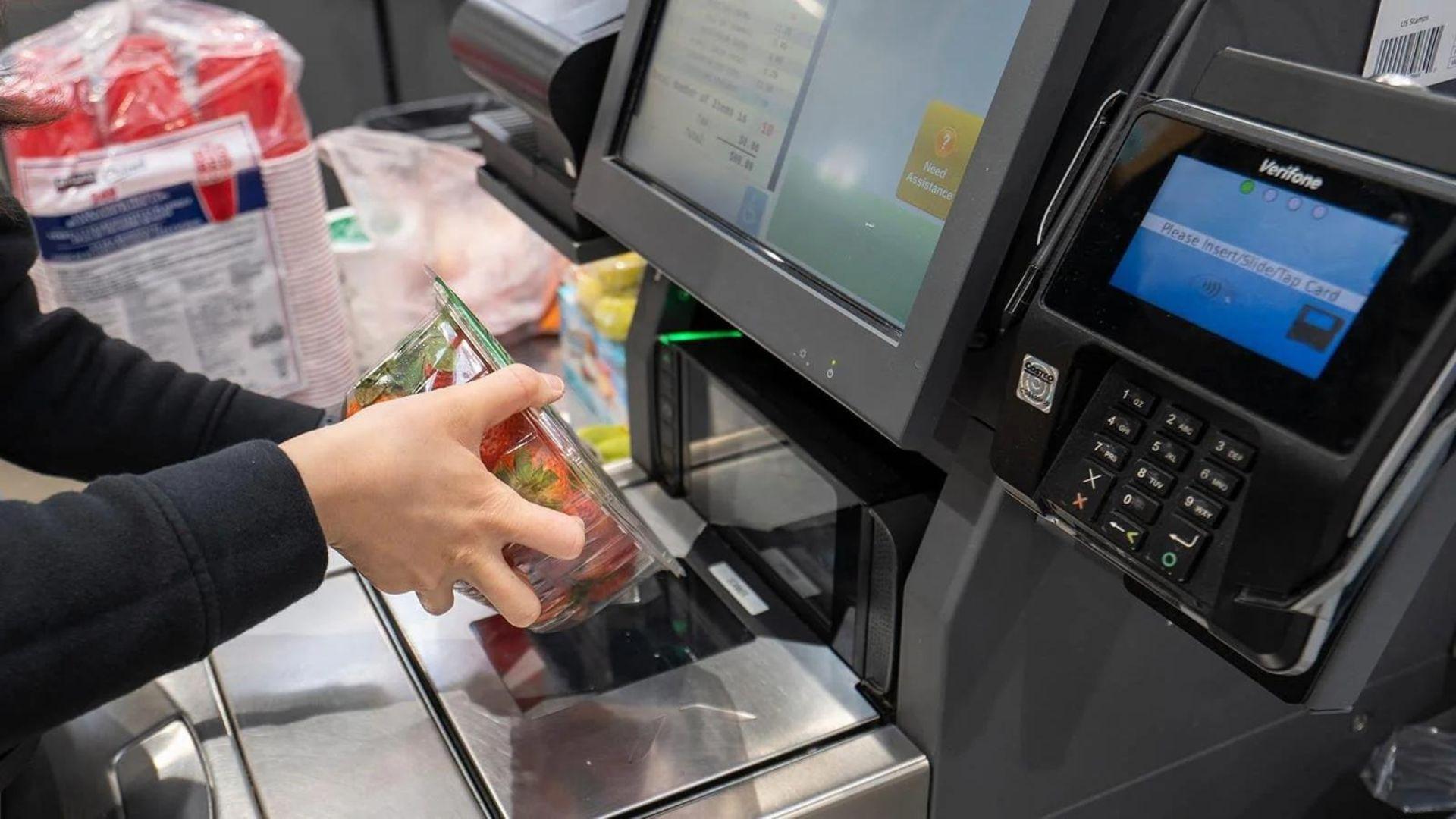
While there are certainly some people who steal from Walmart in the traditional way, i.e., taking a product they didn’t pay for and walking out of the store. Others have found more subtle ways to do so.
At self-checkout registers, a customer may say they’re weighing bananas, which are famously cheap, but actually add organic mangos or another more expensive produce item. Others pretend to scan an item for the cameras before putting it in their bag.
Walmart Has Billions of Dollars of Theft Each Year

According to InvestorPlace, self-checkout theft has caused a majority of retailers over $100 billion in losses. Analysts believe that this loss could increase to $140 billion by 2025 if retailers don’t do anything about the theft.
Despite using AI and other technology to help limit the threat of theft in their retail stores, Walmart has reported about $6 billion in losses due to theft.
Walmart Has Cracked Down on Theft

Because of this frustrating reality, Walmart has had to crack down on theft from self-checkout registers. They armed employees at many locations with TC devices, which can calculate a shopper’s itemized total from their cart in seconds.
And in other locations, they’ve hired employees to watch the surveillance footage at all times while customers are checking out themselves. Now, if Walmart catches a person attempting to steal anything, even organic mangos, they can and will call the police and often press charges.
Walmart Removes Some Self-Checkout
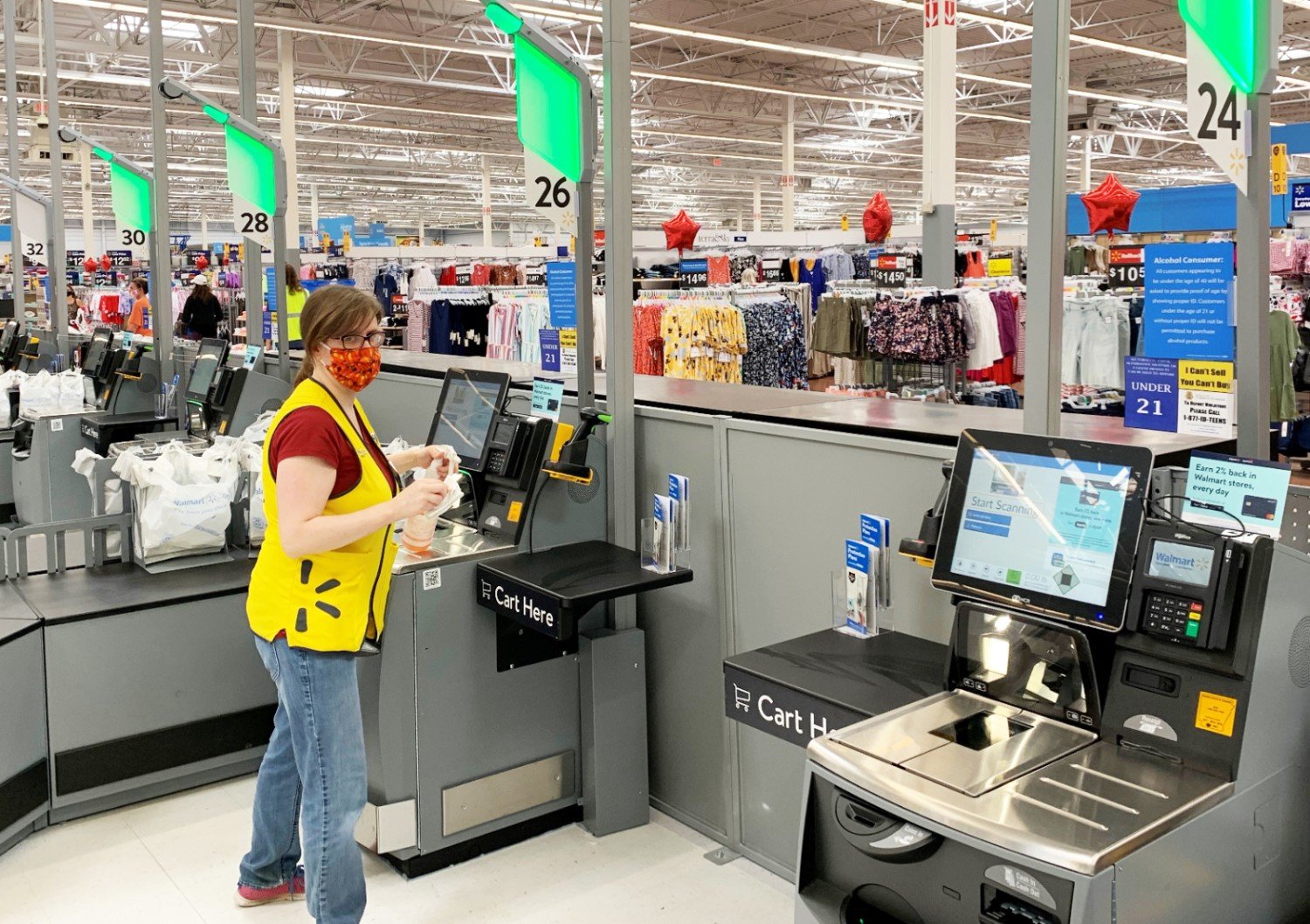
Walmart is already scaling back on its self-checkout machines at a store located in St. Louis, Missouri, and another location in Cleveland, according to CBS News.
As part of our announced plans for additional investments and improvements to facilities across the country, we’ve decided to remove self-checkout lanes and replace them with staffed lanes at select locations, including at our Shrewsbury, Missouri, store,” the statement said.
The Decision to Remove Self-Checkouts

The statement explained that the decisions to remove the self-checkout lanes included feedback from employees and the shopping patterns in the areas the stores are located in.
“We believe the changes will improve the in-store shopping experience and give our associates the chance to provide more personalized and efficient service,” the statement continued.
Reducing Theft Risks

“We believe the change will improve the in-store shopping experience and give our associates the chance to provide more personalized and efficient service,” a Walmart spokesperson told Business Insider about the changes.
Walmart is not the only company to be scaling back on the self-checkout lanes to prevent any more theft.
Walmart Isn’t the Only Company Dealing With Excessive Shrinkage
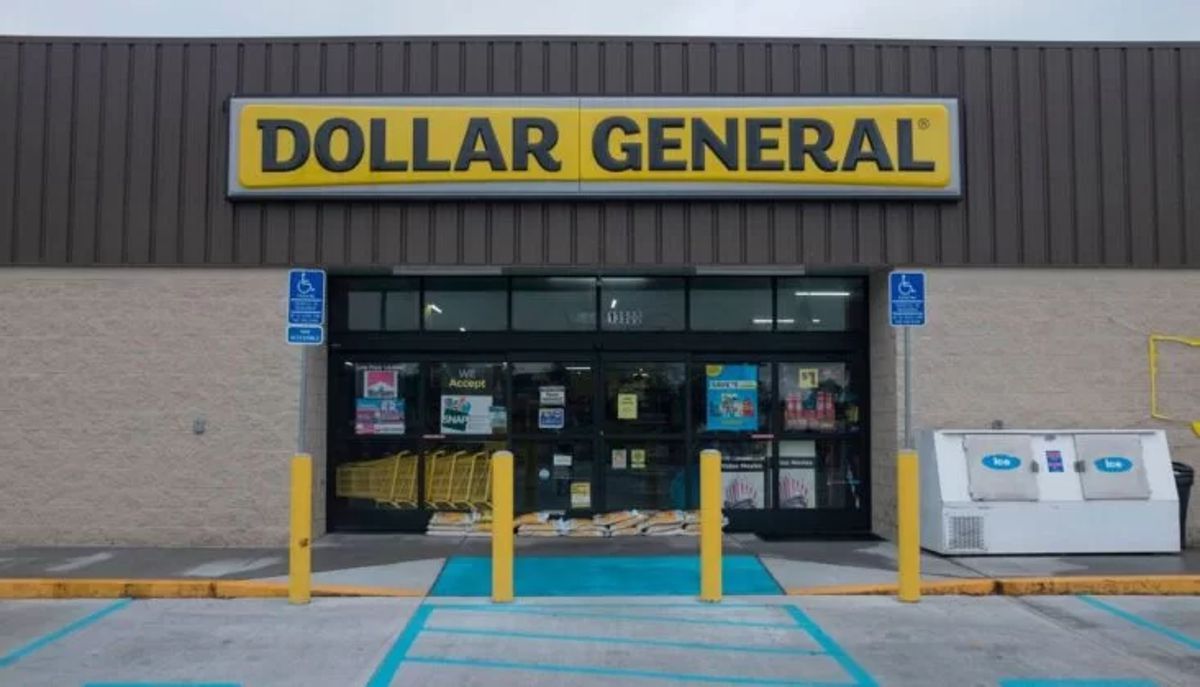
Of course, as one of the largest businesses in the nation, Walmart experiences more theft than almost anywhere else. But that doesn’t mean it’s not increasing across the industry.
Dollar General, for example, saw a 0.2% growth in shrinkage from 2021 to 2022, and with an annual revenue of more than $34.22 billion, that’s a lot of money lost to theft.
Dollar General Is Spending $150 Million to Remove Self-Checkout

To combat the problem, Dollar General announced that they will be removing every self-checkout machine at all 18,912 stores across the country. The corporation has noted that while it will cost $150 million in overall investment in new staffing, it will be worth it in the long run.
CEO Todd Vasos explained that the new plan isn’t just about saving money; he said, “We plan to increase the employee presence at the front end of our stores and in particular, the checkout area… [to ensure] a friendly, helpful employee [is] there to greet customers and assist while the checkout process is happening.”
Target Converts the Self-Checkout Lanes
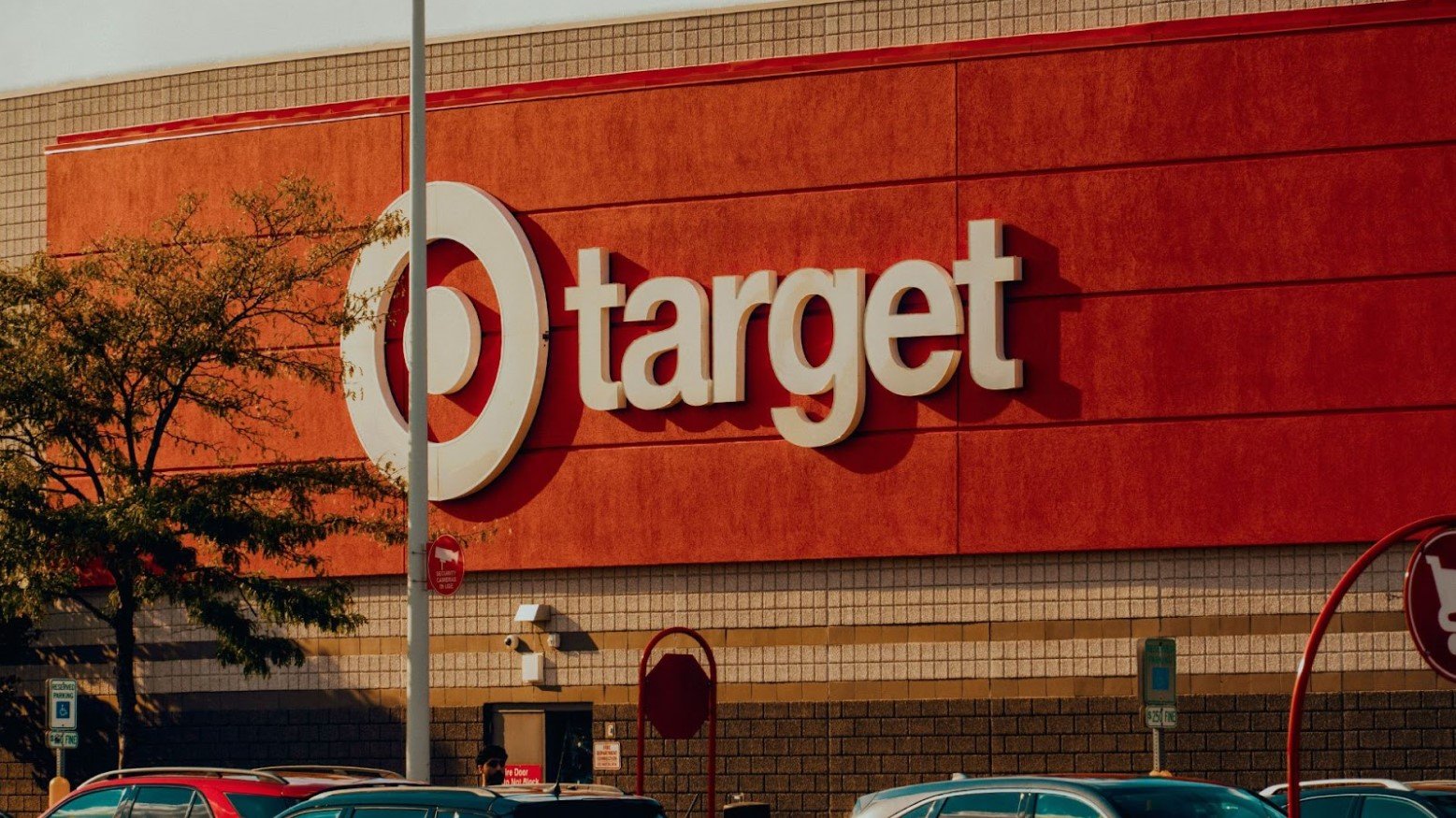
Target has converted many of its self-checkout options to “express” lanes, which require customers to have 10 items or fewer to use the self-checkout registers. This decision was made to create a faster checkout process while reducing theft.
“By having the option to pick self-checkout for a quick trip, or a traditional, staffed lane when their cart is full, guests who were surveyed told us the overall checkout experience was better, too,” Target said to Fox Business.
Target Has Announced It Will Use TruScan to Catch Thieves
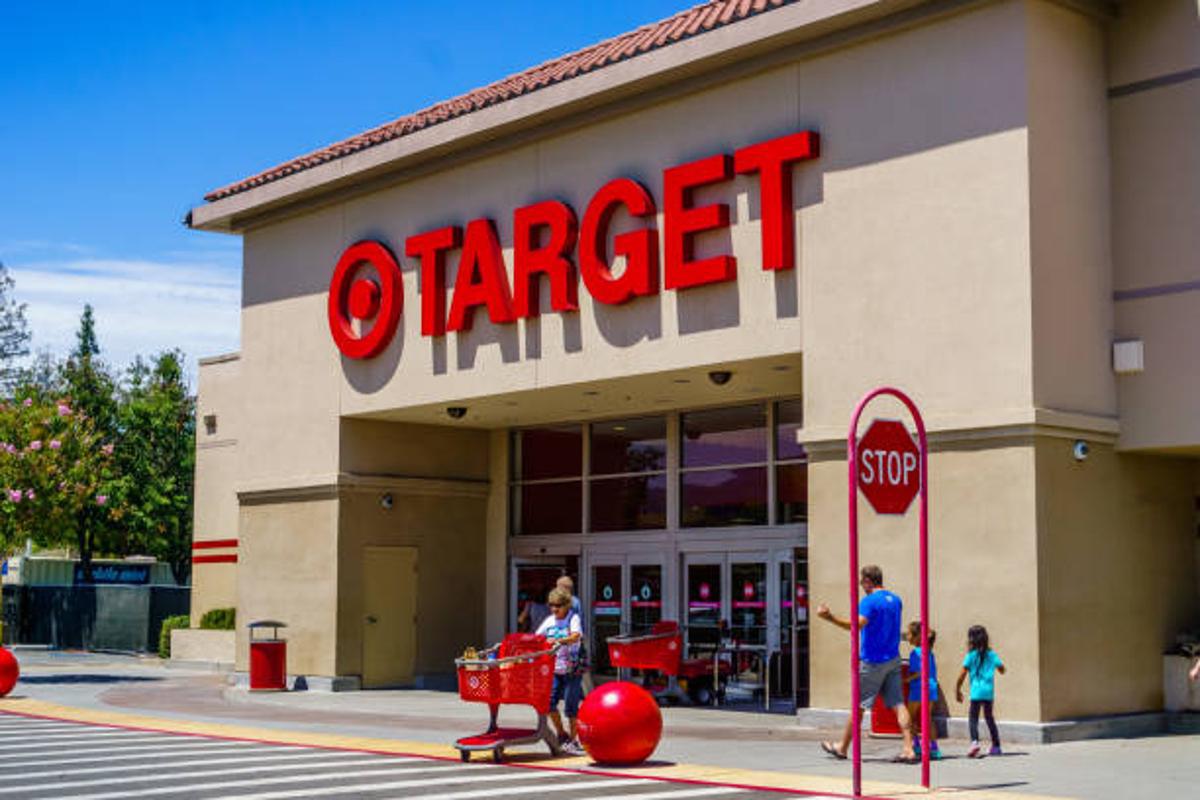
Other corporations, like Target, are taking a different approach. Instead of removing all self-checkout counters, they’re spending the big bucks to install the TruScan surveillance system.
The TruScan system is different from standard surveillance as it uses cameras, sensors, and artificial intelligence to detect items that were not scanned as customers are attempting to leave the store.
Five Below Removes Self-Checkout
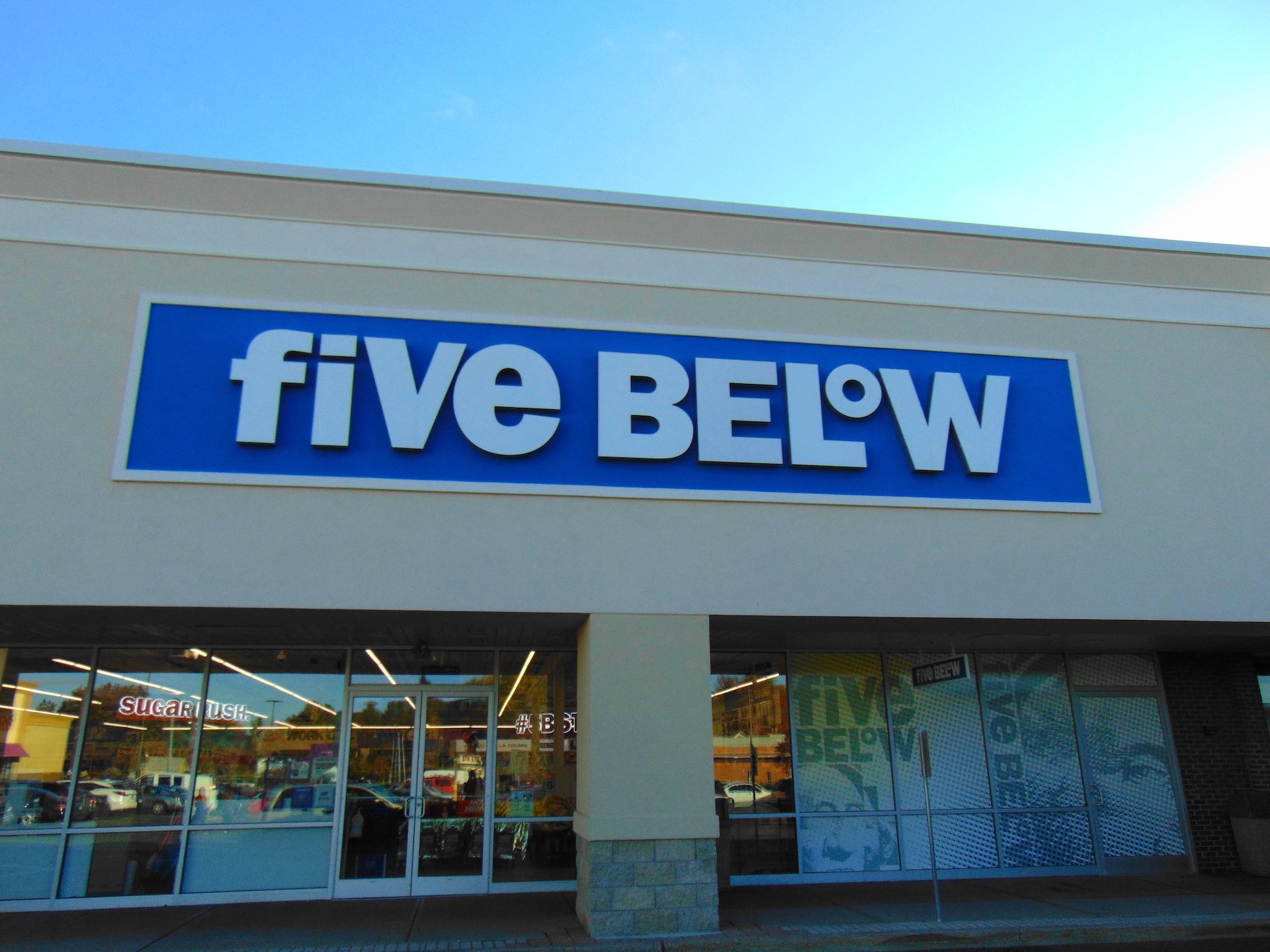
Five Below announced in March that it would be cutting back on self-checkout machines to reduce theft. The company will now use associate-assisted checkouts across its 1,500 locations in the U.S.
The retailer is also adding receipt checking, extra employees, and more security guards at each store, according to CEO Joel Anderson.
Self-Checkouts Are Faulty Tech
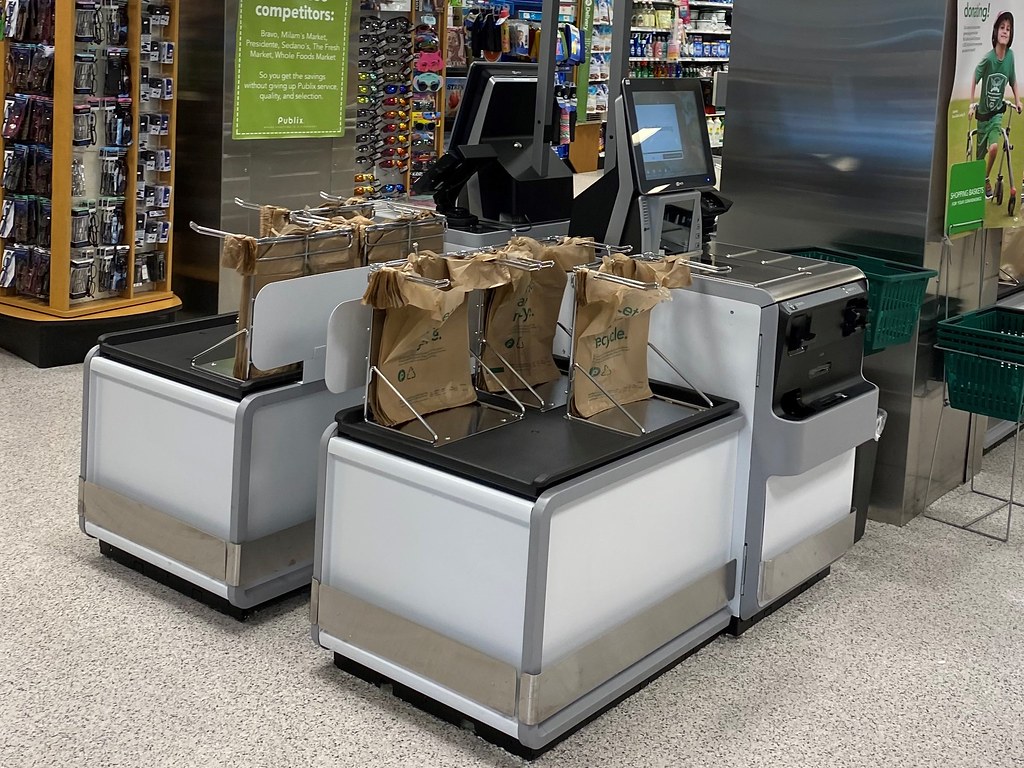
Customers are having mixed feelings about the removal of self-checkouts. Customers at some stores, like Booths, are regularly reporting that the machine misidentifies which fruits and vegetables they are buying.
“Some customers don’t know one different apple versus another, for example,” Booths managing director Nigel Murray told the BBC.
Self-Checkouts Are No Longer Necessary
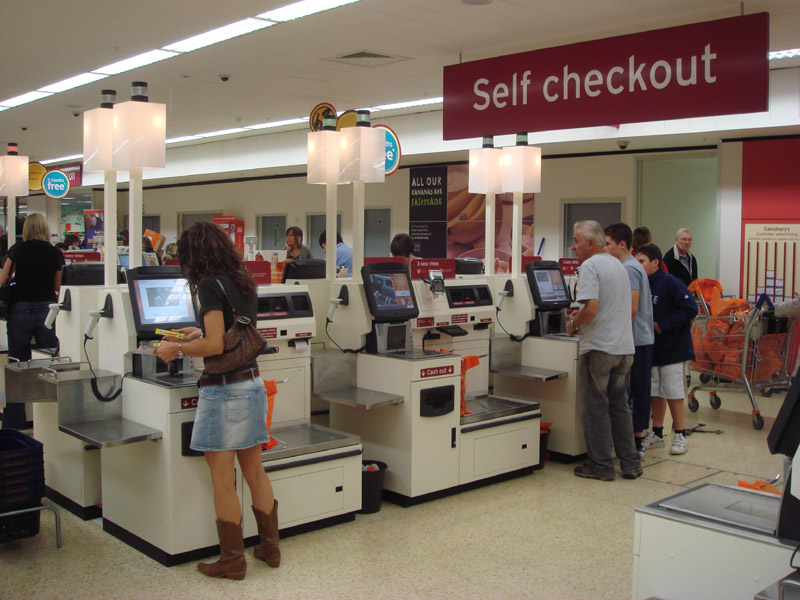
Stores have attempted to limit losses by tightening self-checkout security features, like adding weight sensors. However, these anti-theft measures have resulted in more employee intervention.
Technology that is meant to limit theft has proven to be faulty, and retailers are rethinking how to make the shopping experience better while preventing theft.
Costco Proves Self-Checkouts Are Unnecessary
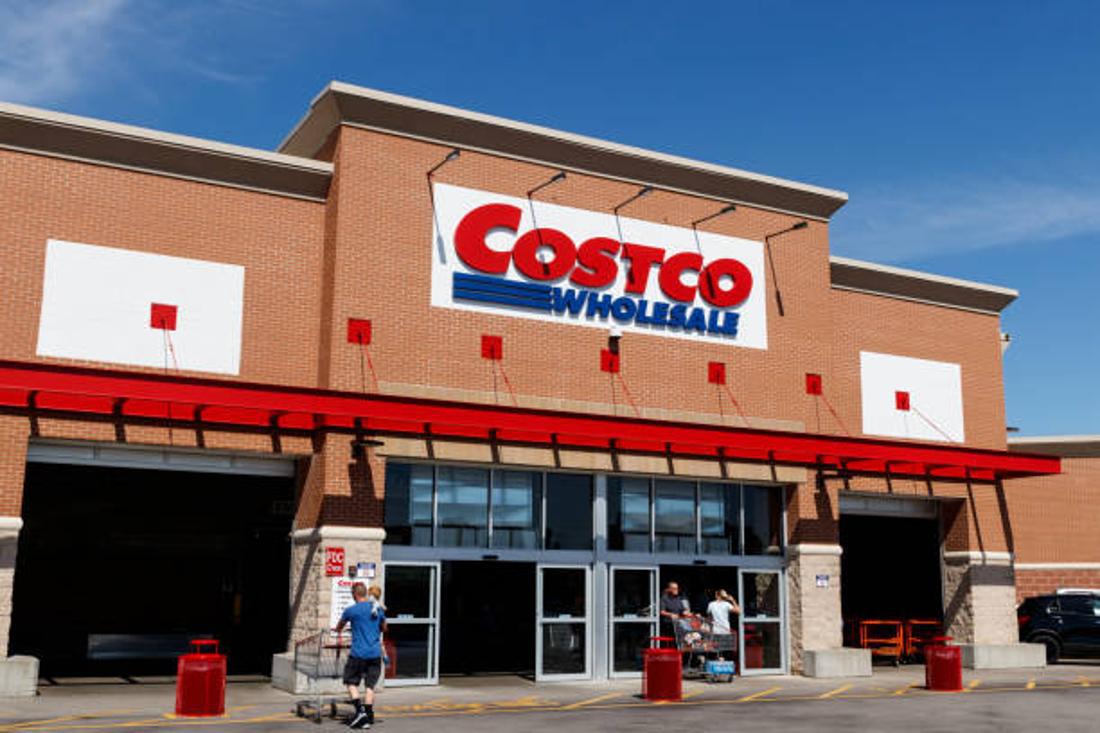
Costco is already proving that the self-checkout method is flawed and might no longer be necessary. After adding more staff to the checkout areas to assist with the process, both non-members and members found themselves unable to swipe anything.
Costco management stated this year that shrinkage increased, “in part, we believe, due to the rollout of self-checkout.”
Walmart Plans to Remove More Self-Checkout Machines

For now, Walmart has decided that instead of opting for the TruScan system like Target, they will follow Dollar General’s lead and start removing those pesky self-checkout machines.
However, so far, they’ve only done so at two of their 4,615 stores, one in Shrewsbury, Missouri, and the other in Cleveland, Ohio.
Will Walmart Remove All Self-Checkout Machines?

A spokesperson for Walmart did make a recent announcement, saying, “We’ve decided to remove self-checkout lanes and replace them with staffed lanes at select locations. The decision was based on several factors, including feedback from associates and customers, shopping patterns and business needs in the area.”
But they have yet to state which stores will be affected or whether they will go ahead and remove all self-checkout counters in the near future. For now, customers will just have to wait for the next announcement.
What Will Cost More: Theft or Labor?

A giant corporation like Walmart has to think about how much a change like removing tens of thousands of self-checkout machines would cost. Physically removing the machines will certainly be costly, but the added cost of labor will be far more significant.
Although they haven’t announced the calculations, removing the machines will likely cost Walmart tens of millions of dollars in additional labor costs. Some might say that adding more employees will cost more than the theft. However, like Dollar General, Walmart likely feels that the added customer service is worth the additional cost.
A Walmart You Know May Be Hiring

Realistically, if Walmart does decide to go ahead and remove all self-checkout counters, it won’t drastically affect the average consumer. Of course, those who love using them may feel disappointed, but they’ll likely forget and get used to employee-run registers fairly quickly.
However, if this plan does come to fruition, Walmarts all over the country will probably need more employees to ensure there are always ample registers open. Which is certainly good news for employment rates. Overall, removing self-checkouts may be good for everyone… except thieves, of course.


